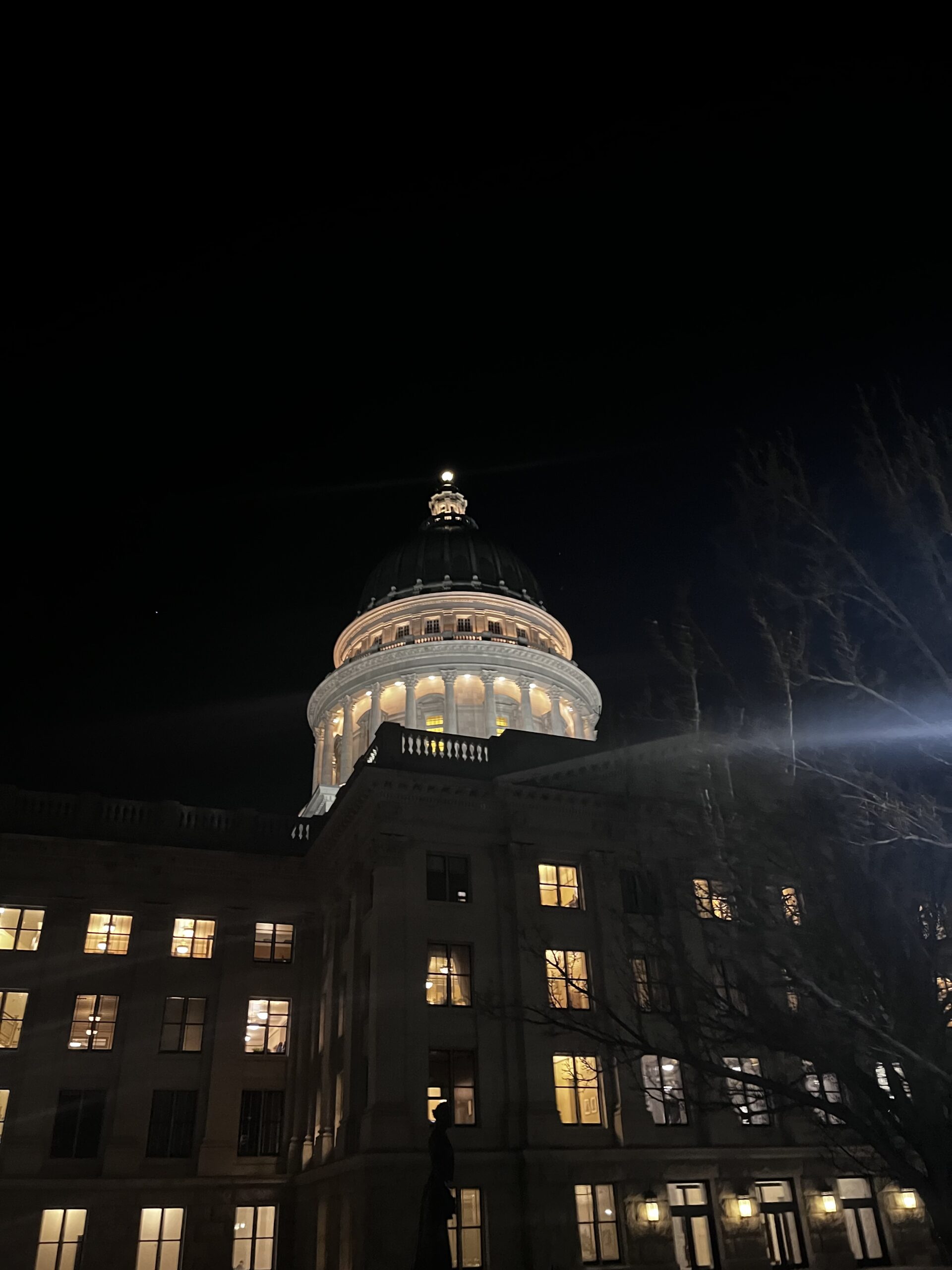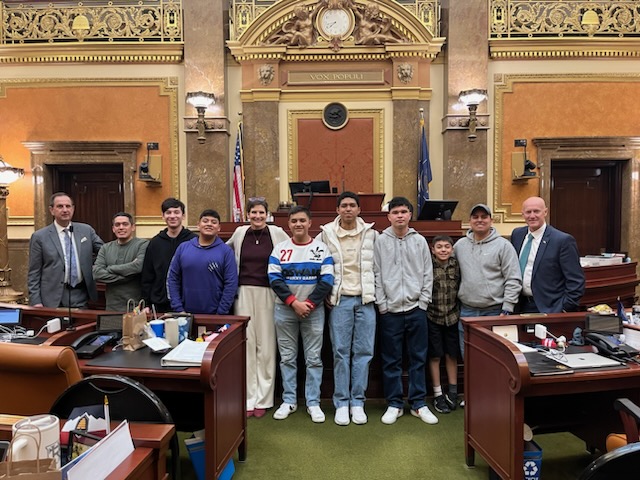By Norm Thurston. Published in the Deseret News on February 25, 2020
Science is an amazing thing. One hundred years ago today, if a person developed Type 1 diabetes, they would have died within weeks or months. With the development of injectable insulin, millions of diabetics live normal, healthy and long lives. Today, over 50,000 Utahns depend on injected insulin to stay alive, enough people to fill the Huntsman Center, Dee Events Center and the Marriott Center and still leave 5,000 people without a seat.
Unfortunately, 1 in 4 of them take less insulin than they need to manage their diabetes properly. Why? It’s expensive. It is common for a person’s cost of insulin to exceed $2,000 per month. Additionally, sometimes patients show up at the pharmacy only to find out that their prescription is expired, has no refills left, or is written for the wrong brand.
These barriers can lead to dangerous behaviors as patients react by using less insulin. Rationing leads to serious health problems, including blindness, kidney failure, or death. Recently, the Utah chapter of T1International, a group that advocates for insulin access, held a vigil at the State Capitol to honor 12 Utahns that died last year because they weren’t able to get enough insulin to manage their diabetes.
Nobody should ever leave a pharmacy with less insulin than they need because of cost or problems with their prescription or health coverage
In 1921, Canadian scientists successfully isolated insulin from animals as a treatment for diabetes. This marvelous discovery has saved millions of lives world wide. Those scientists believed insulin belongs to the world and not to any individual and sold their U.S. patents to the University of Toronto for $1 each. By the end of 1923, Eli Lilly was producing insulin at a price of 2 cents per unit.
Despite the sentiments of the discoverers, the list price of insulin increased dramatically. For example, from 2009 to 2019, Eli Lilly’s list price for Humalog, their flagship fast-acting insulin, increased from $93 to over $275 for just one vial.
This is remarkable, given that the market should be competitive. There are three large-scale manufacturers and most insulin patents have long-since expired.
As we have looked for solutions, there are some important principles to keep in mind:
- Insurance should spread the cost of those in need across the risk pool and not use sick people as a revenue source to keep premiums down for everyone else.
- We need to preserve and increase competition between manufacturers, health plans and pharmacy benefit managers to the extent possible.
- There should be no administrative barriers to getting needed insulin.
This year, we introduced House Bill 207 as a comprehensive set of solutions to address the main barriers that are causing Utahns to ration or go without needed insulin. This bill
- Gives pharmacists the authority to help patients resolve prescription issues by dispensing up to 90 days supply on an emergency basis even if the prescription is for the wrong brand, has no refills or is expired;
- Lets any Utahn buy insulin at the roughly 75% discount available to Utah’s Public Employee Health Plan;
- Creates four innovative pathways for insurers to provide insulin as a “low cost” or “no cost” drug. Plans must choose to:
- Implement a $30 per prescription per month cap;
- Put insulin on their lowest tier with no deductible;
- Guarantee that patients pay no more than the PEHP discount price, subject to a $100 cap; or
- Request a waiver from the insurance commissioner for a plan design that has equivalent cost savings.
On February 20, 2020, HB 207 passed out of committee on a vote of 13-0 and will be considered by the full House of Representatives. If it passes both the House and the Senate, within a few months no diabetic in Utah would have to leave a pharmacy ever again without the insulin they need to live.
Rep. Norm Thurston, R-Provo, is the representative for Utah’s 64th House district. This article is co-signed by Sens. Deidre Henderson and Curt Bramble, and Reps. Melissa Ballard, Steve Christiansen, Jennifer Dailey-Provost, Brad Daw, Suzanne Harrison, Jon Hawkins, Sandra Hollins, Eric Hutchings, Marsha Judkins, Karianne Lisonbee, Lee Perry, Candice Pierucci, Marie Poulson, Raymond Ward, Christine Watkins and Mike Winder



